If you’re searching for a refrigerator cheesecake recipe that contains Milnot, you’ve come to the right place. This delicious, no-bake cheesecake is creamy, smooth, and packed with flavour — all thanks to the secret ingredient Milnot evaporated milk. Unlike traditional cheesecakes that rely heavily on cream cheese and baking, this recipe offers a lighter, fuss-free alternative that’s perfect for any occasion — from casual family dinners to special celebrations.
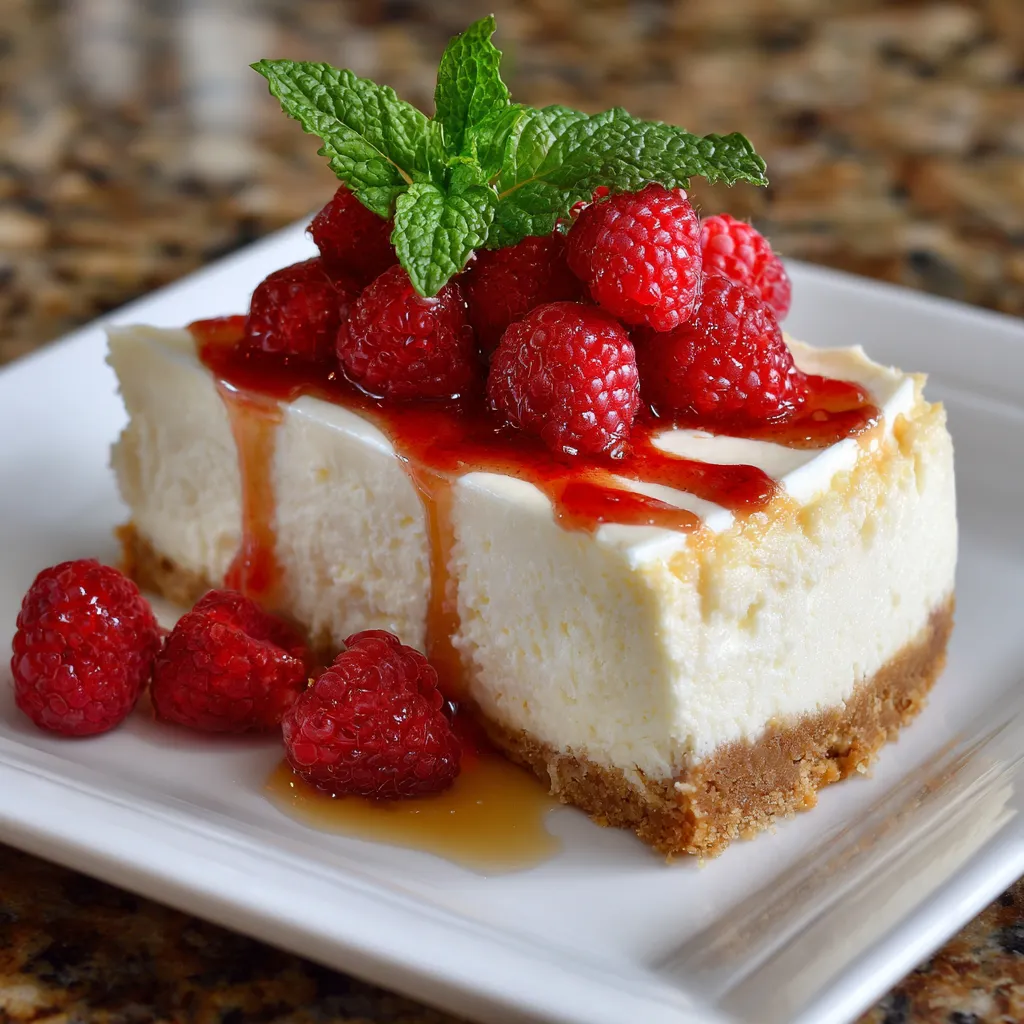
In this comprehensive guide, we’ll walk you through an original Milnot cheesecake recipe with no cream cheese, explain why Milnot is a game-changer, and share tips to make your cheesecake turn out perfectly every time. Whether you’re craving the classic Milnot miracle cheesecake recipe or want to try a milky twist with the Milnot milk cheesecake recipe, this post has everything you need to become a cheesecake pro.
Table of Contents
Why Choose a Refrigerator Cheesecake Recipe That Contains Milnot?
What is Milnot, and Why Use It?
Milnot is a popular brand of evaporated milk, widely recognized for its creamy texture and slightly caramelized, rich flavour. Evaporated milk itself is essentially milk with about 60% of the water removed, which concentrates the milk solids and sweetness. This process results in a thicker, creamier milk that acts as a perfect base for desserts.
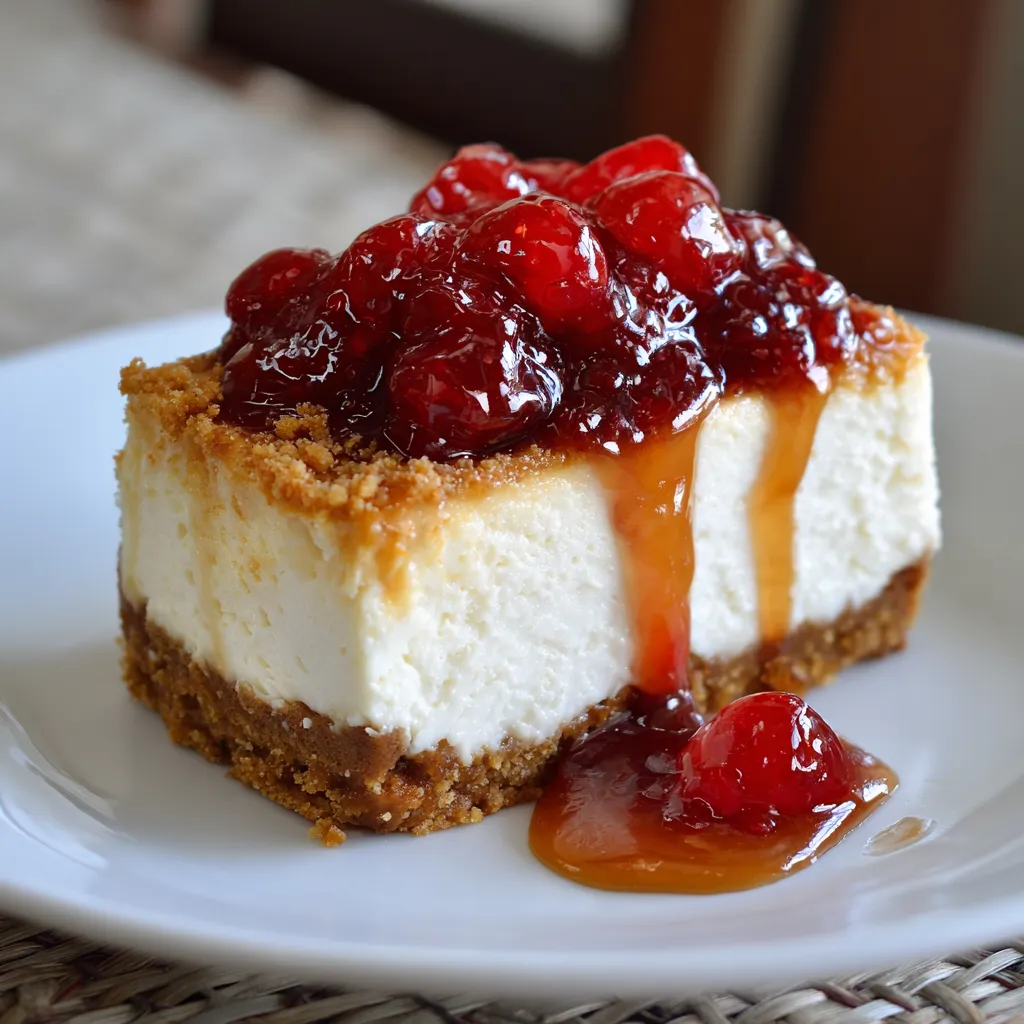
When incorporated into cheesecakes, Milnot delivers a velvety mouthfeel that can rival traditional cream cheese without the heavy dairy content or the need to bake. It’s particularly favoured in no-bake cheesecake recipes due to its ability to blend smoothly with gelatin and other ingredients, creating a firm yet tender cheesecake.
Benefits of Using Milnot in Cheesecake
- No baking needed: Unlike classic cheesecakes that require baking and cooling, the Milnot cheesecake is set simply in the refrigerator, making it ideal for hot weather or quick dessert preparation.
- Creamy texture: Milnot brings a luxurious creaminess that’s lighter than cream cheese, which some find easier to digest.
- Shelf stable: Being canned, Milnot has a long shelf life so that you can keep it on hand for spontaneous dessert cravings or last-minute gatherings.
- Versatile flavour profile: Milnot’s mild sweetness and caramel undertones complement various flavour additions, from citrus zest to chocolate or coffee.
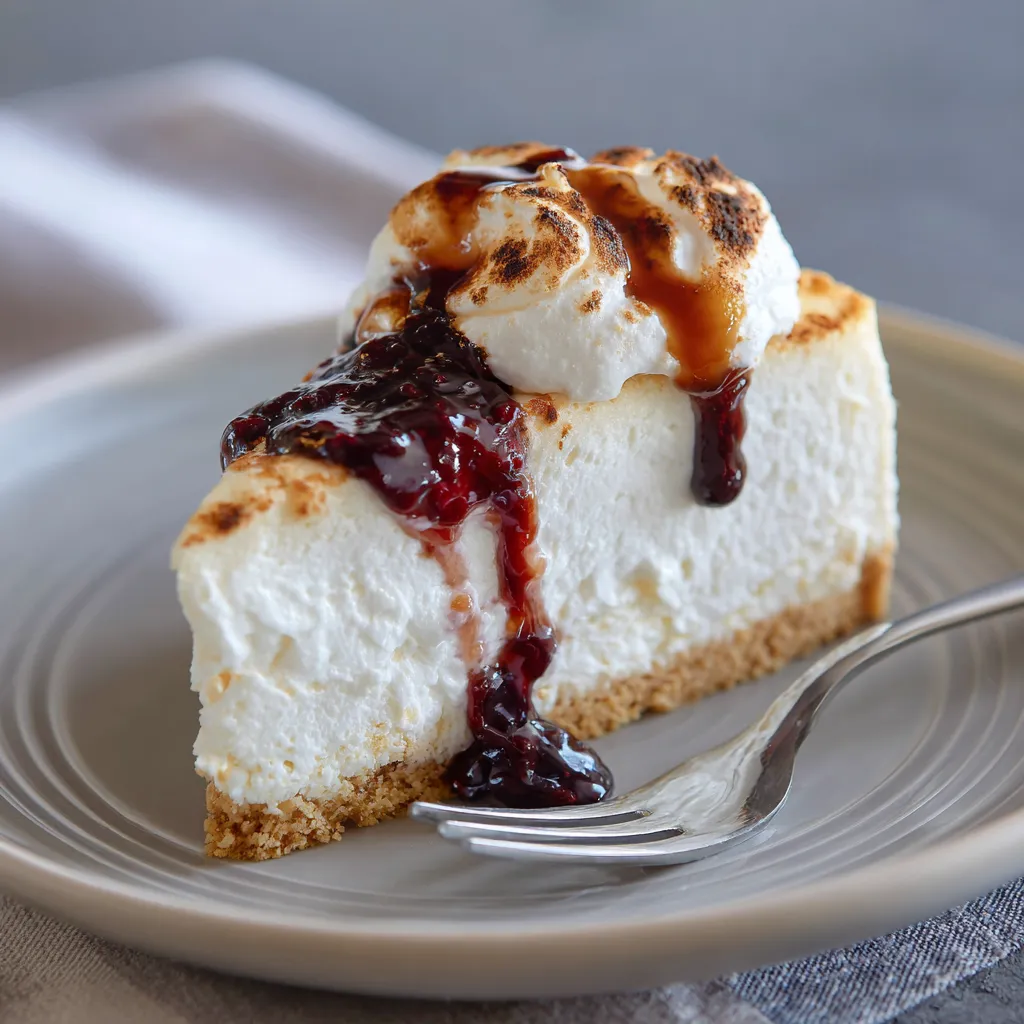
Additionally, the no-bake nature of this recipe means it’s safer and more accessible for home cooks with limited kitchen equipment or less experience with baking.
Ingredients for the Original Milnot Cheesecake Recipe: No Cream Cheese
Before diving into the step-by-step instructions, here’s a quick look at the ingredients that make this cheesecake so special:
IngredientQuantityNotes
Milnot evaporated milk one can (12 oz) The star ingredient for creaminess
Sweetened condensed milk one can (14 oz) Adds sweetness and richness
Gelatin powder of two tablespoons Provides structure and firmness
Hot water ½ cup For dissolving gelatin
A vanilla extract of one teaspoon Enhances the overall flavour
Lemon juice (optional) 1 tablespoon Adds brightness and balances sweetness
Graham cracker crumbs 1½ cups Classic crust base
Butter (melted) 6 tablespoons Bind the crust and add richness
Note: For a gluten-free version, substitute graham crackers with gluten-free cookies or crushed nuts.
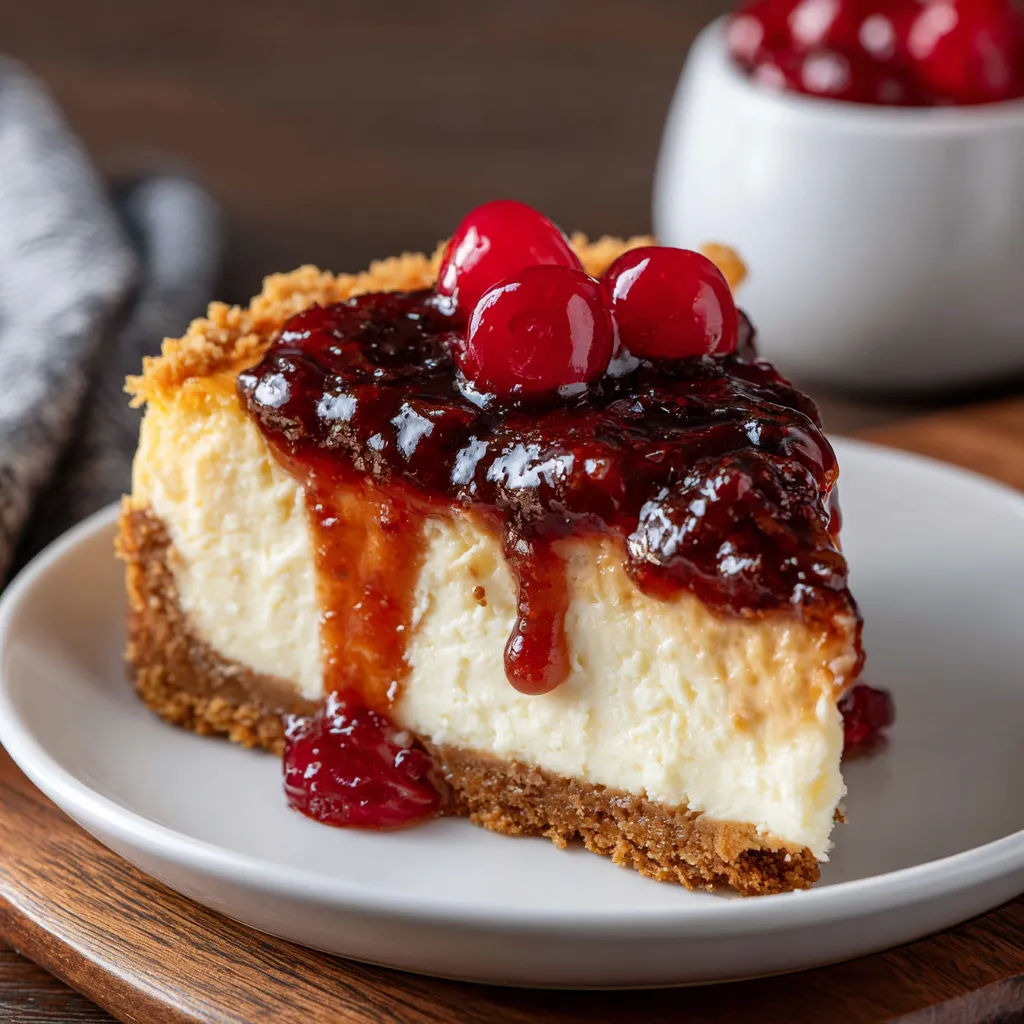
Step-by-Step Guide to Making the Milnot Cheesecake Recipe No Bake
Let’s get started with the detailed instructions to help you create this creamy dessert.
Step 1: Prepare the Crust
The crust forms the foundation of your cheesecake, so it’s essential to get it right.
- In a medium bowl, mix graham cracker crumbs and melted butter thoroughly until the crumbs are evenly coated.
- Press the mixture firmly into the base of a 9-inch springform pan or pie dish. Use the back of a spoon or the bottom of a glass to pack it down evenly and tightly.
- Place the crust in the refrigerator while preparing the filling to allow it to firm up.
Pro tip: For extra flavour, you can add a pinch of cinnamon or a tablespoon of finely chopped nuts to the crust mixture.
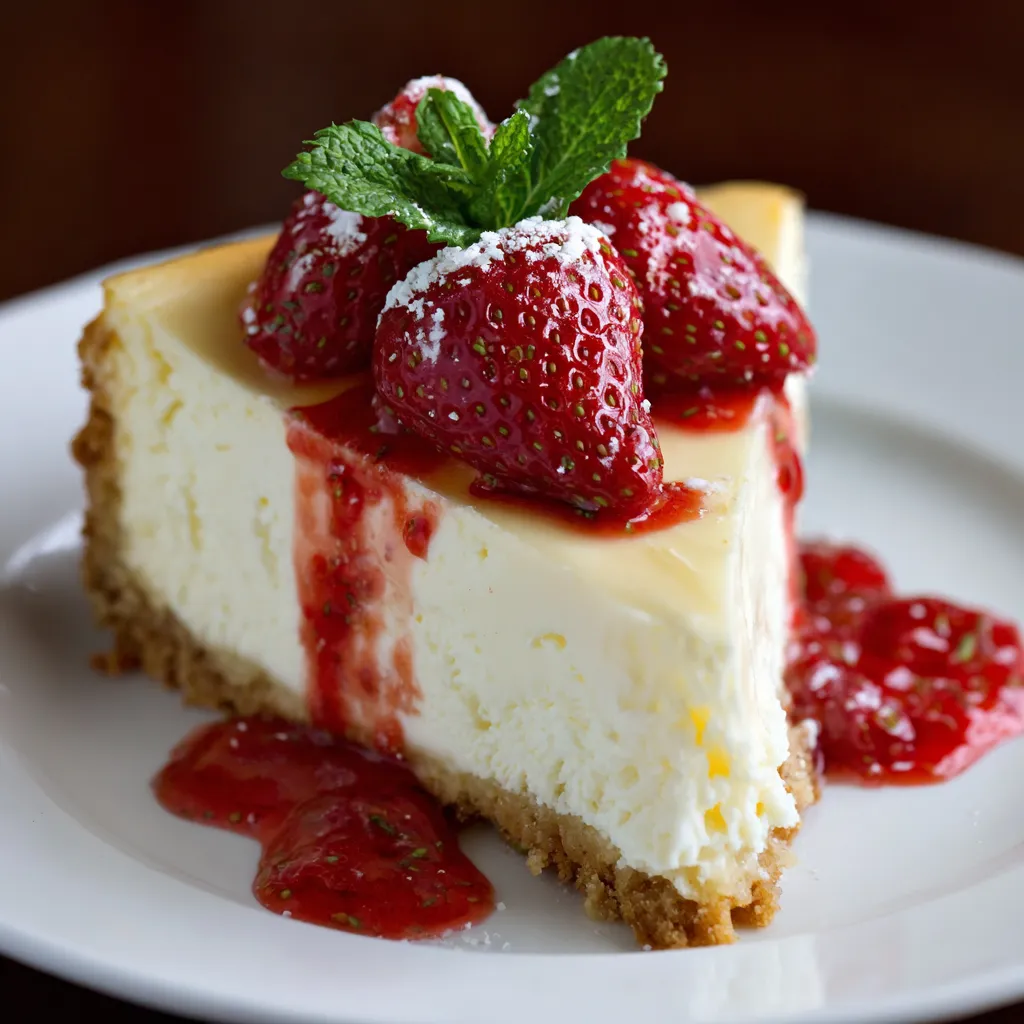
Step 2: Bloom the Gelatin
Proper gelatin preparation is crucial to achieving the perfect cheesecake texture.
- Pour hot (not boiling) water into a small bowl.
- Sprinkle the gelatin powder evenly over the water’s surface. Avoid dumping it all in one spot to prevent clumping.
- Let it sit undisturbed for about 5 minutes to allow the gelatin to absorb the water thoroughly and “bloom.”
- Once bloomed, stir gently to ensure the gelatin is completely dissolved. If needed, warm gently over a double boiler to fully melt without boiling.
Why bloom gelatin? Blooming gelatin ensures it dissolves properly, resulting in a smooth, set cheesecake without lumps.
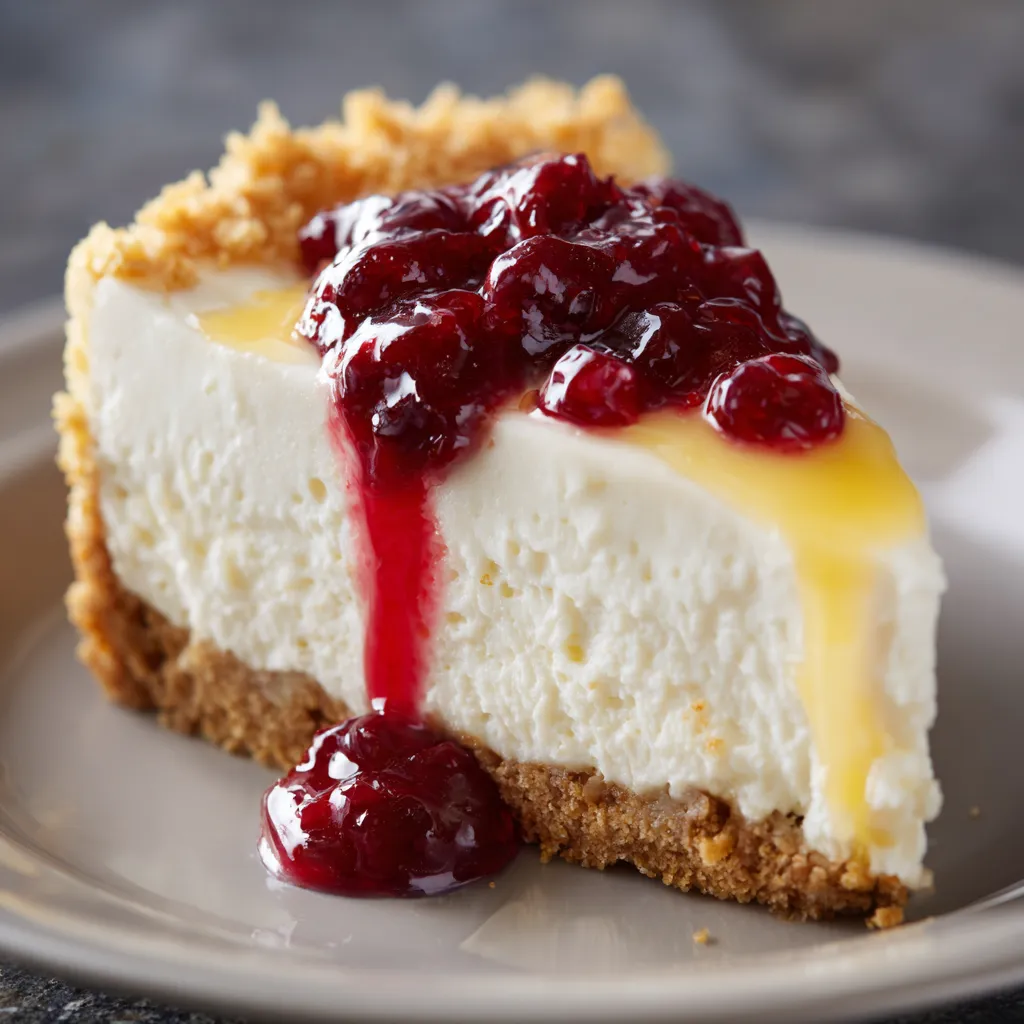
Step 3: Mix the Cheesecake Filling
This step combines the creamy ingredients with the gelatin to form the luscious filling.
- In a large mixing bowl, whisk together the Milnot evaporated milk and sweetened condensed milk until completely smooth and uniform.
- Add vanilla extract and lemon juice. The lemon juice is optional but recommended as it balances the sweetness and adds a refreshing tang.
- Slowly drizzle in the dissolved gelatin mixture while continuously whisking to prevent clumping.
- Continue whisking gently until the mixture thickens slightly and looks silky.
Tip: Use a hand mixer on low speed for about 2 minutes to ensure thorough mixing and a smooth texture.
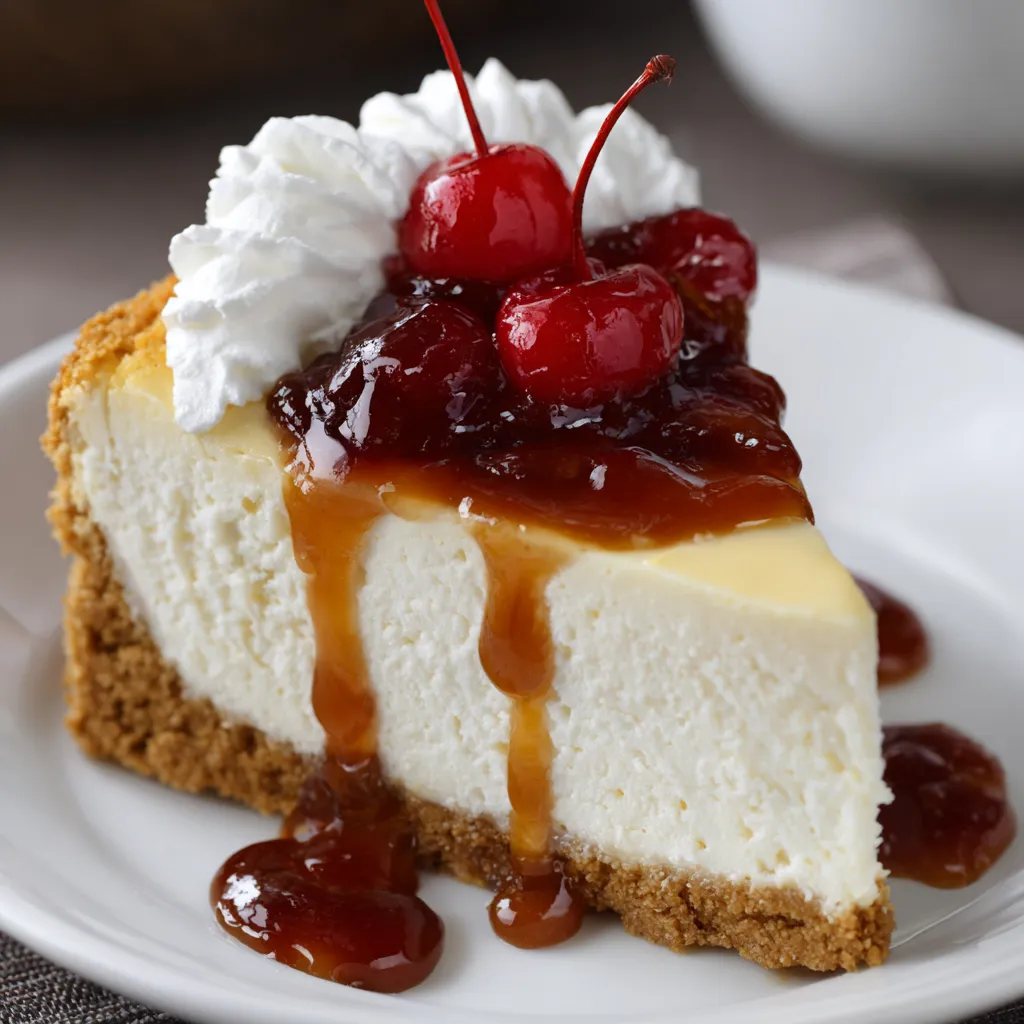
Step 4: Assemble and Chill
Now, it’s time to bring everything together.
- Remove the crust from the refrigerator.
- Pour the cheesecake filling evenly over the chilled crust.
- Smooth the top with a spatula to create an even surface.
- Cover the cheesecake with plastic wrap or aluminium foil to protect it from absorbing any fridge odours.
- Refrigerate for at least 4 hours, but overnight chilling is preferred for the best firmness and flavour melding.
Note: Avoid placing the cheesecake near strong-smelling foods in the fridge to keep the flavour pure.
Milnot Miracle Cheesecake Recipe Variations
One of the best things about the Milnot cheesecake recipe is its flexibility. You can customize it easily to fit your flavour preferences or dietary needs.

Chocolate Milnot Cheesecake
- Add ½ cup of melted semi-sweet or dark chocolate to the milk and condensed milk mixture before adding gelatin.
- Use chocolate graham crackers or crushed Oreos as the crust base.
- Top with chocolate shavings or a drizzle of chocolate ganache for an extra decadent finish.
Fruit-Topped Milnot Cheesecake
- After chilling, top the cheesecake with fresh fruit such as sliced strawberries, blueberries, kiwi, or mango.
- For an elegant touch, glaze the fruit with a light fruit jelly or warm apricot jam.
- Alternatively, swirl pureed fruit into the filling before chilling for a marbled effect.
Coffee-Infused Milnot Cheesecake
- Stir one tablespoon of instant coffee powder or espresso into the Milnot mixture before adding gelatin.
- Complement with a crust made of crushed coffee-flavored cookies or nuts.
- Garnish with a dusting of cocoa powder or coffee beans.
Tropical Milnot Cheesecake
- Add ½ cup crushed pineapple or mango puree to the filling mixture.
- Use coconut flakes in the crust or as a topping.
- Garnish with toasted coconut and lime zest for a refreshing tropical twist.
Tips for the Perfect Milnot Milk Cheesecake Recipe
Achieving cheesecake perfection requires a few insider tips.
- Use room temperature ingredients: This helps ingredients blend smoothly without lumps.
- Don’t over-stir gelatin: Once the gelatin is mixed in, over-stirring can create bubbles or a rubbery texture.
- Chill long enough: Patience is key — the cheesecake needs time to set firmly.
- Adjust sweetness: If you prefer a less sweet dessert, reduce the sweetened condensed milk slightly.
- Add a citrus twist: Lemon or lime juice enhances flavour complexity and cuts sweetness.
- Use quality vanilla: Real vanilla extract or vanilla bean paste elevates the overall taste.
- Springform pan for easy removal: It helps maintain the cheesecake’s shape and makes serving easier.
- Freeze for firm slices: If you want very clean slices, freeze the cheesecake for 30 minutes before cutting.
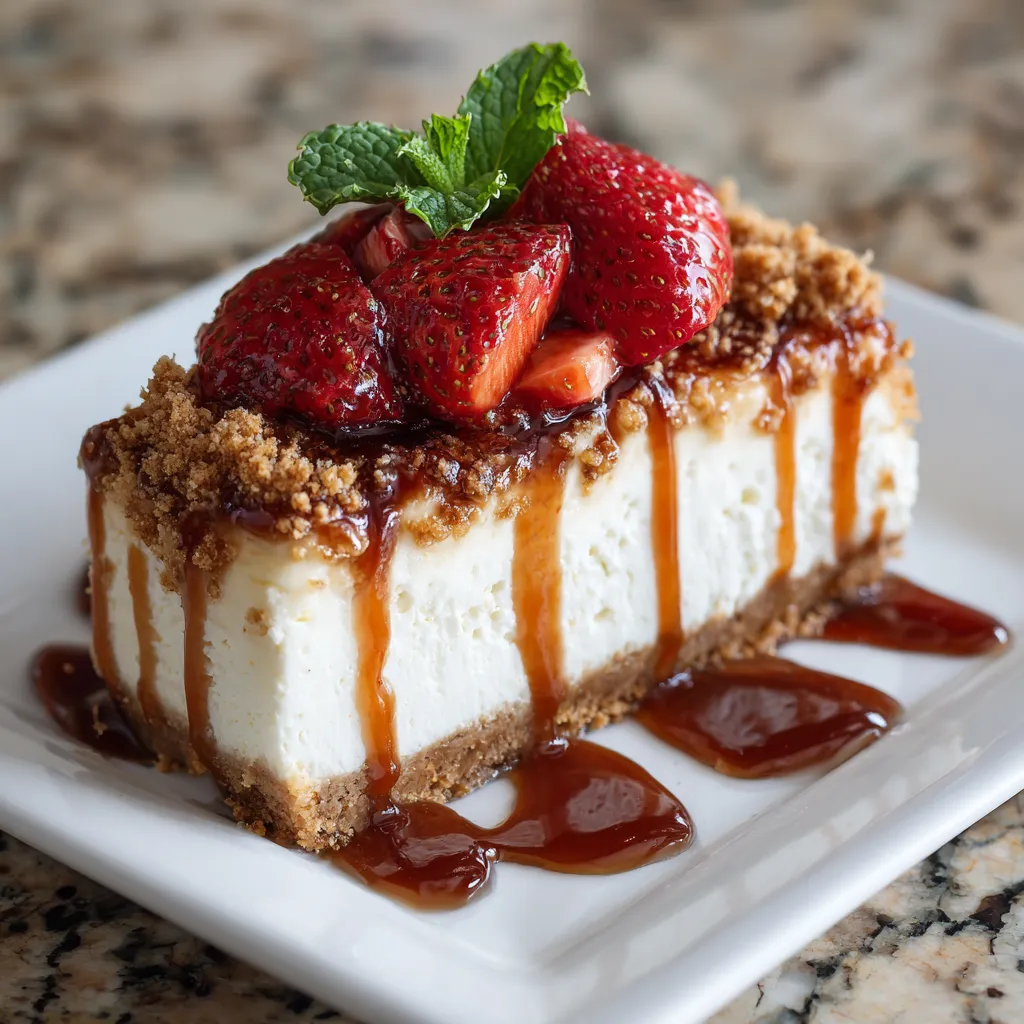
Nutritional Insight: Is Milnot Cheesecake Healthier?
While this cheesecake contains dairy and sugar, using Milnot evaporated milk reduces the fat content compared to heavy cream or cream cheese-based recipes. This makes the Milnot cheesecake a somewhat lighter alternative without sacrificing creaminess.
Approximate Nutritional Breakdown per Serving (based on 12 servings):
NutrientAmount
Calories 280 kcal
Total Fat 12 g
Saturated Fat 7 g
Carbohydrates 36 g
Sugars 28 g
Protein 5 g
Fiber 0.5 g
Note: Nutritional values will vary based on crust choice and added toppings.
Comparing Milnot Cheesecake Recipe to Traditional Cheesecakes
FeatureMilnot CheesecakeTraditional Cheesecake
Cream Cheese Usage None Usually 8 oz or more
Baking Required No Yes
Preparation Time Short (4-6 hours chilling) Longer (1+ hour baking + cooling)
Texture Light and creamy Dense and rich
Shelf Life 3-4 days refrigerated 5-7 days refrigerated
Fat Content Lower (due to evaporated milk) and Higher (due to cream cheese)
Difficulty Level Easy Moderate to advanced
Serving Suggestions for Refrigerator Cheesecake Recipe That Contains Milnot
Presentation matters! Here are some ways to elevate your Milnot cheesecake:
- Fresh fruit topping: Strawberries, raspberries, or blueberries complement the creamy base.
- Whipped cream dollop: Adds extra indulgence and visual appeal.
- Chocolate drizzle: Use melted chocolate or chocolate syrup for a sweet finish.
- Crushed nuts: Toasted almonds, pecans, or pistachios add a satisfying crunch.
- Caramel sauce: A light caramel drizzle pairs beautifully with the cheesecake’s subtle sweetness.
Troubleshooting Common Issues
Why Isn’t My Milnot Cheesecake Setting?
- Gelatin might not have dissolved fully. Continuously bloom gelatin properly in hot water.
- Insufficient chilling time—allow at least 4 hours, preferably overnight.
- Wrong gelatin quantity—follow the recipe measurements precisely.
Why Does My Cheesecake Taste Too Sweet?
- Try reducing sweetened condensed milk by 2-4 tablespoons.
- Incorporate citrus juice or zest to add balance.
- Consider a tart fruit topping or sauce.
Why Is the Texture Grainy or Lumpy?
- Overheating gelatin or using boiling water can cause gelatin to clump.
- Improper mixing of gelatin with milk—add gelatin slowly and whisk continuously.
- Using cold ingredients can cause separation; use room temperature.
Bonus: Creative Uses for Leftover Milnot
If you buy Milnot for this cheesecake recipe and have leftovers, here are some great ideas:
- Add to coffee or tea for a creamy twist.
- Use in creamy soups or sauces.
- Make custards or flan desserts.
- Incorporate into baked goods like muffins or pancakes for moisture.
Conclusion: The Best Refrigerator Cheesecake Recipe That Contains Milnot
In summary, a refrigerator cheesecake recipe that contains Milnot offers an accessible, tasty, and versatile way to enjoy cheesecake without baking or heavy cream cheese. It is perfect for anyone seeking a smooth, creamy dessert with minimal effort and maximum flavour.
From the original Milnot cheesecake recipe with no cream cheese to the many creative variations like the Milnot miracle cheesecake recipe or the Milnot milk cheesecake recipe, this dessert has earned its place in many kitchens. Whether for family gatherings, parties, or a simple indulgence, this no-bake Milnot cheesecake recipe delivers every time.
Give this recipe a try and discover why Milnot is truly a miracle ingredient in cheesecake making.
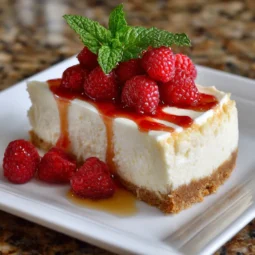
Refrigerator Cheesecake Recipe That Contains Milnot
Equipment
- Mixing bowls
- Hand or stand mixer
- Saucepan
- 9-inch pie dish or springform pan
- Whisk
- Spatula
Ingredients
- 1½ cups graham cracker crumbs
- ¼ cup sugar for crust
- ⅓ cup melted butter
- 1 tbsp unflavored gelatin
- ¼ cup cold water
- ¼ cup boiling water
- ¾ cup sugar for filling
- ¼ cup lemon juice
- 1 tsp vanilla extract
- 1 can 12 oz Milnot, chilled
- Optional: fruit topping
Instructions
- Make the Crust: Mix crumbs, sugar, and butter. Press into pan. Chill.
- Prepare Gelatin: Bloom gelatin in cold water, then dissolve in boiling water. Let cool.
- Mix Base: Stir sugar, lemon juice, and vanilla together.
- Whip Milnot: Beat cold Milnot until thick and fluffy.
- Combine: Fold gelatin and lemon mix into whipped Milnot.
- Chill: Pour into crust. Refrigerate 6+ hours or overnight. Add topping before serving.
Notes
FAQ: Refrigerator Cheesecake Recipe That Contains Milnot
1. Can I substitute Milnot with regular milk in the refrigerator cheesecake recipe that contains Milnot?
If you’re thinking of replacing Milnot with regular milk in a refrigerator cheesecake recipe that contains Milnot, you might want to reconsider. Milnot is an evaporated filled milk that’s thicker and creamier than regular milk, which is essential for the no-bake cheesecake’s consistency. Regular milk contains more water, which could lead to a runny or soupy texture.
While it’s possible to experiment with substitutions, you’d need to adjust other ingredients—like increasing gelatin or adding cream cheese—to maintain firmness. But if your goal is to recreate the classic Milnot cheesecake recipe, stick with Milnot for the best results.
2. Is the refrigerator cheesecake recipe that contains Milnot gluten-free?
The refrigerator cheesecake recipe that contains Milnot is partially gluten-free by nature. The creamy cheesecake filling—made from millet, gelatin, sugar, and other ingredients—contains no gluten.
However, the traditional graham cracker crust often used in this recipe is not gluten-free. The good news is you can easily adapt the recipe:
- Use gluten-free graham crackers or cookies.
- Try a crust made from almond flour, oats, or crushed nuts mixed with melted butter.
With one small change, this delicious Milnot cheesecake becomes a safe, gluten-free dessert option.
3. How long does a refrigerator cheesecake recipe that contains Milnot stay fresh in the fridge?
After preparing your refrigerator cheesecake recipe that contains Milnot, it will stay fresh in the refrigerator for about 3 to 4 days. It should be stored in an airtight container or covered with plastic wrap to prevent it from absorbing odours from other foods.
The crust may soften over time, and the filling might lose some of its structure after a few days, but it will still be safe to eat. For best results, enjoy your Milnot cheesecake within 48 hours of making it.
4. Can I freeze the refrigerator cheesecake recipe that contains Milnot?
Yes, you can freeze a refrigerator cheesecake recipe that contains Milnot, especially if you want to prepare it in advance. Follow these steps:
- Let the cheesecake fully set in the refrigerator first.
- Slice into portions (optional), then wrap tightly with plastic wrap and foil.
- Freeze for up to 1 month.
When you’re ready to serve, thaw it overnight in the fridge. While freezing may slightly alter the texture (making it a little more crumbly or less creamy), the flavour remains delicious.
5. What if I don’t have gelatin for a refrigerator cheesecake recipe that contains Milnot?
Gelatin plays a critical role in setting a no-bake refrigerator cheesecake recipe that contains Milnot. Without it, the filling won’t hold its shape.
If you don’t have gelatin, try these alternatives:
- Agar-agar (vegetarian-friendly): Use one teaspoon agar powder for every tablespoon of gelatin. Note that agar must be boiled to activate.
- Whipped cream cheese or mascarpone: You can add body to the filling, but it won’t set as firmly without gelatin or agar.
If you’re avoiding gelatin due to dietary reasons, be sure to adjust quantities and preparation steps carefully.
6. Is the refrigerator cheesecake recipe that contains milk not suitable for beginners?
Yes, this is one of the most beginner-friendly desserts! The refrigerator cheesecake recipe that contains Milnot is no-bake, simple, and requires only a few ingredients and basic kitchen tools.
You don’t need to worry about using the oven, dealing with water baths, or monitoring baking times. As long as you follow instructions—especially when dissolving and mixing gelatin—the result will be a creamy, light cheesecake every time. It’s the perfect introduction to no-bake desserts.
7. Can I add different flavours to a refrigerator cheesecake recipe that contains Milnot?
Absolutely! The base of a refrigerator cheesecake recipe that contains Milnot is a blank canvas for creative flavour additions. Try these ideas:
- Fruit Purees: Swirl in raspberry, mango, or blueberry for a fruity twist.
- Citrus Zest: Lemon or orange zest brightens the flavour.
- Vanilla or Almond Extract: Adds depth and fragrance.
- Instant Coffee or Cocoa Powder: Perfect for mocha or chocolate versions.
- Crushed Cookies or Nuts: Mixed into the crust or sprinkled on top for crunch.
The creamy, light Milnot filling pairs well with a wide range of flavours, so feel free to experiment.
8. What’s the difference between a Milnot miracle cheesecake recipe and a traditional baked cheesecake?
The Milnot miracle cheesecake recipe is a classic example of no-bake convenience, while traditional cheesecakes are richer and oven-baked. Here’s a comparison:
FeatureMilnot CheesecakeTraditional Cheesecake
Key Ingredients Milnot, gelatin, condensed milk, Cream cheese, eggs, sugar
Cooking Method: No bake, chilled to set Baked in the oven
Texture Light, fluffy, mousse-like Dense, creamy, rich
Prep Time ~20 mins + chilling 60+ mins + cooling
Taste Mildly sweet, airy, Tangy, deep flavour
The Milnot version is perfect for warm-weather treats and family gatherings where you don’t want to heat the oven.
9. Can I use other brands of evaporated milk in a refrigerator cheesecake recipe that contains Milnot?
Milnot is preferred in this recipe for a reason—it’s not your average evaporated milk. Unlike traditional evaporated dairy milk, Milnot is made with vegetable oil, giving it a slightly different richness and texture.
That said, you can use another full-fat evaporated milk, but be aware:
- The final texture may be less creamy or firm.
- You might need to adjust the amount of gelatin.
If you’re replicating a nostalgic family recipe or aiming for the original Milnot cheesecake recipe with no cream cheese, sticking with Milnot will give you the most authentic result.
10. How can I avoid lumps in the filling of a refrigerator cheesecake recipe that contains Milnot?
Lumps are usually caused by improperly dissolved gelatin or cold ingredients. Here are tips to ensure a silky-smooth Milnot cheesecake filling:
- Bloom the gelatin properly by sprinkling it over warm water and letting it sit for at least 5 minutes before heating.
- Warm the gelatin until completely dissolved, but don’t let it boil.
- Use room-temperature ingredients like Milnot and sweetened condensed milk.
- Whisk thoroughly but gently to combine, especially when adding gelatin to the mix.
For extra smoothness, consider straining the mixture before pouring it into the crust.
📚 References
- Eagle Brand®. (n.d.). Milnot FAQs & Product Info. Eagle Family Foods Group. Retrieved June 2025, from https://www.eaglebrand.com
– Provides product background and common dessert uses for Milnot evaporated milk. - Cooks.com. (n.d.). Milnot Cheesecake Recipe. Retrieved June 2025, from https://www.cooks.com/rec/doc/0,1627,131184-234202,00.html
– Features a classic no-bake Milnot cheesecake recipe shared by home bakers. - U.S. Department of Agriculture. (2023). FoodData Central: Evaporated Filled Milk. Retrieved from https://fdc.nal.usda.gov
– Official data on the nutrition and composition of evaporated and filled milk products. - Serious Eats. (n.d.). The Science of No-Bake Cheesecake. Retrieved June 2025, from https://www.seriouseats.com
– Explains the role of gelatin and evaporated milk in no-bake cheesecake structure. - Newspapers.com. (1965–1980). Vintage ads and recipes featuring Milnot miracle cheesecake. Retrieved June 2025, from https://www.newspapers.com
– Archival recipes showcasing the original Milnot miracle cheesecake in American kitchens. - Cheesecake Deviled Strawberries Recipes
- Cheesecake Ice Cream Cake Recipe
- Culture Espresso Chocolate Chip Cookie Recipe
